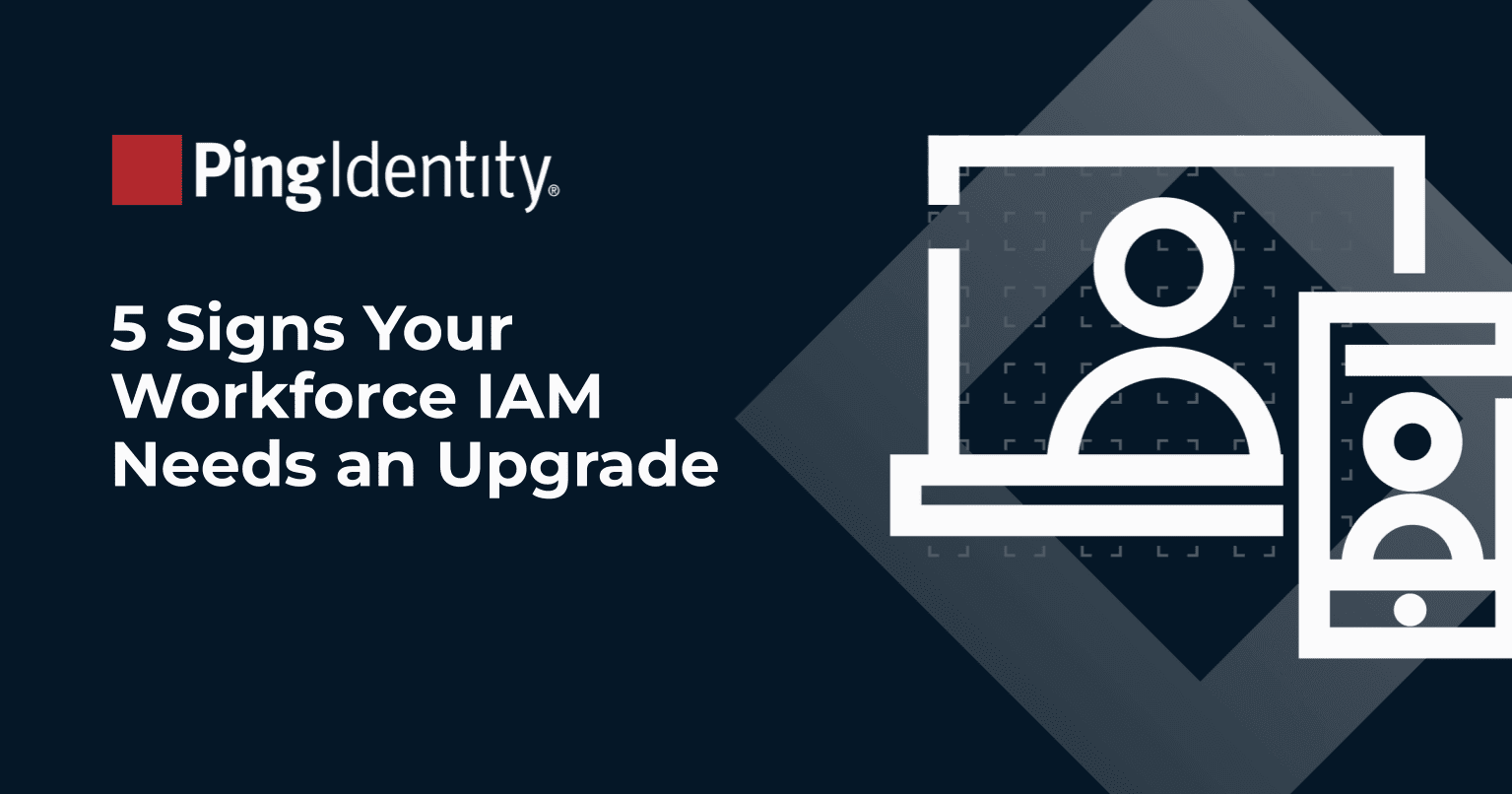Introduction
As the world moves increasingly online, organizations must grapple with the fact that their identity systems have to keep up with growth in users, applications, and data. To remain competitive, having the latest identity capabilities is non negotiable.
Capital One realized its customers and employees required a more secure and seamless experience that would only come with a fully integrated identity solution. They also wanted to take advantage of the scalability and flexibility of the cloud. But they also needed the reliability and customization benefits that’s usually only found in on-premises software.


